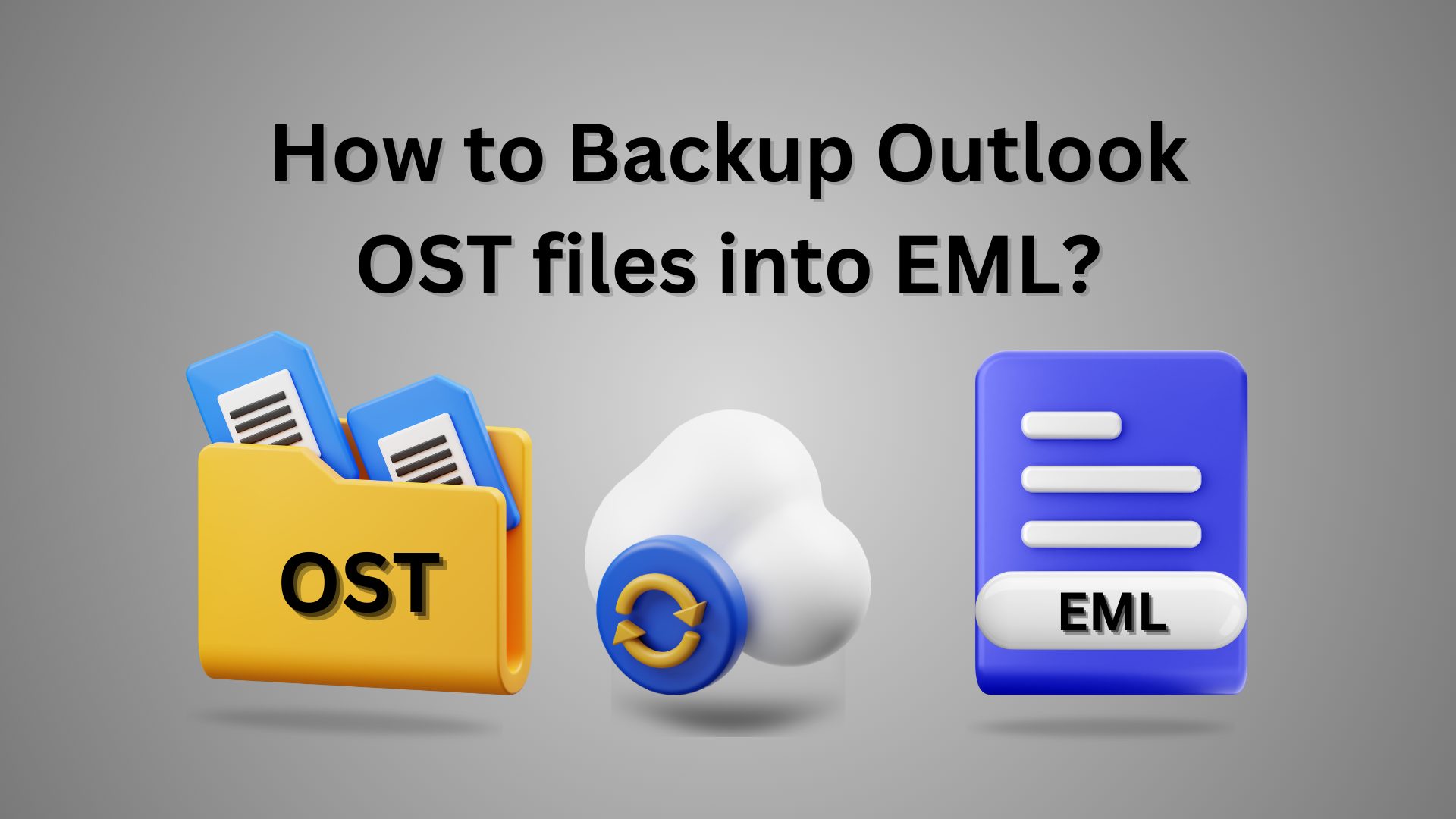Introduction: EML files are the most popular file format in Open Email Clients like:- Gmail, Thunderbird, Windows Live Mail, Apple Mail, and many more. That’s why multiple other email; managing clients like:- Microsoft Outlook, Zoho Mail, Zimbra, Yahoo Mail, etc’s. Users switch the platform after a couple of periods and from them, Outlook OST to EML has a maximum number of cases on the globe. In this following article, we have to communicate about the main reasons behind OST conversion to EML, What are the easiest ways, and the precautions and key features according to the method. Without wasting any time let’s proceed with the talk.
Top-rated ways for Outlook OST to EML Exportation
- Using IMAP Email Account: Configure IMAP-enabled email accounts (like Gmail) in Outlook. Move the emails of your choice from the OST file to this IMAP account. Set up the same IMAP account in Mozilla Thunderbird. Once synced, select the emails in Thunderbird and save them as EML files using the “Save As” option.
- Exporting via Windows Live Mail: Like using the IMAP method, copy emails from the OST file to an IMAP account. Configure that account in Windows Live Mail, and once your emails are visible, select them to export them as EML files using the “File” menu. Different EML files could be exported from these two methods: Like the IMAP method, transfer all emails from the OST file to IMAP first, then configure that account to Windows Live Mail. Open the mail and select the export mails under the File Menu into EML files
- Using Outlook’s Export Feature: If you have permission to access a PST file, you can first export your OST data to PST using Outlook’s import/export wizard. Then you may use a tool like Windows Live Mail or Thunderbird to import the PST, and finally save the emails as EML files.
- Use the OST converter tool: Download the WebbyAcad OST converter tool and attach your OST File by the “Add File” button. Preview your File Data and its attachments > Select the File Format EML > Set the File saving location > As a Last Step Export the files. Within a few minutes, your Outlook OST File converts into EML
Precautions and Key Features
Precautions for Manual OST to EML Conversion
- Backup Data: Always create a backup of your OST file before attempting any conversion. This ensures that you have a copy of your original data in case something goes wrong during the process.
- Ensure Compatibility: Verify that the email client you are using (like Thunderbird or Windows Live Mail) supports EML format and is properly configured to access your email account.
- Check Internet Connection: If using an IMAP account for the conversion, ensure you have a stable internet connection to avoid interruptions during the synchronization process.
Key Features of Manual Methods
- IMAP Method: This method allows users to transfer emails from OST to an IMAP account, making them accessible across different platforms. It’s straightforward but requires technical knowledge to set up.
- Windows Live Mail: By using Windows Live Mail, users can import emails from an IMAP account and export them as EML files. This method is user-friendly but can be time-consuming for large volumes of emails.
- Outlook’s Save As Feature: Users can manually save individual emails as EML files directly from Outlook using the “Save As” option. This method is simple but impractical for bulk conversions.
For more efficient and bulk recovery, consider using WebbyAcad OST Recovery Tool, which simplifies the conversion process and ensures data integrity without the need for manual methods.
